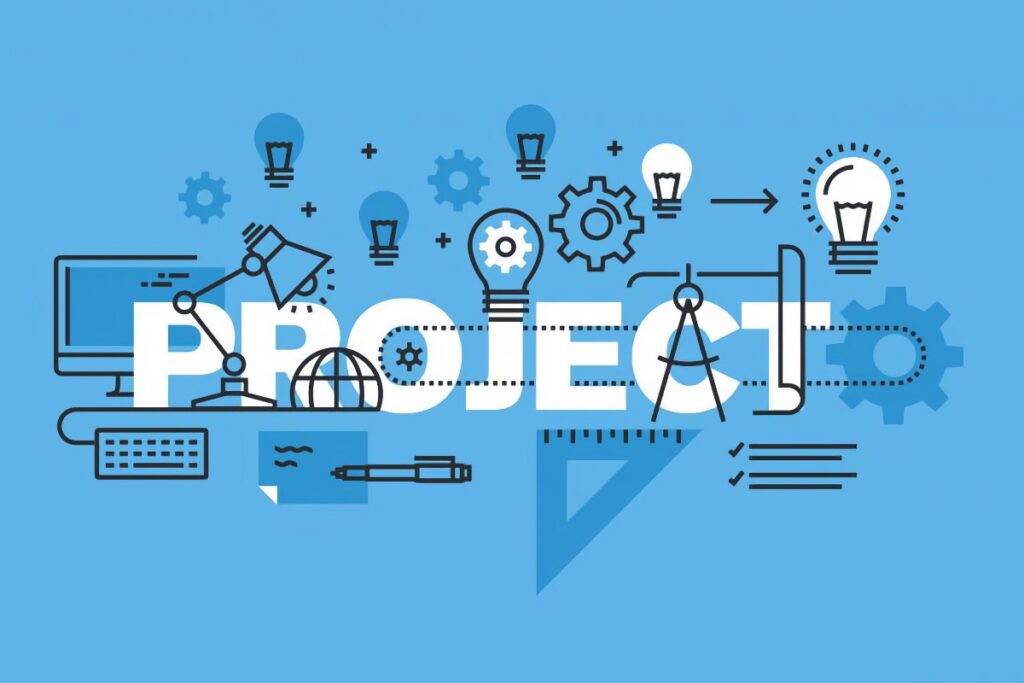PMO’s Role in Integration Management
Why Integration Starts—and Succeeds—with the PMO In today’s dynamic business environment, where organizations juggle multiple initiatives across distributed teams, Project Integration Management isn’t just a process—it’s a strategic necessity. And at the center of that necessity stands the Project Management Office (PMO). While many still associate PMOs with documentation and process enforcement, the most forward-thinking organizations understand that […]
PMO’s Role in Integration Management Read More »










